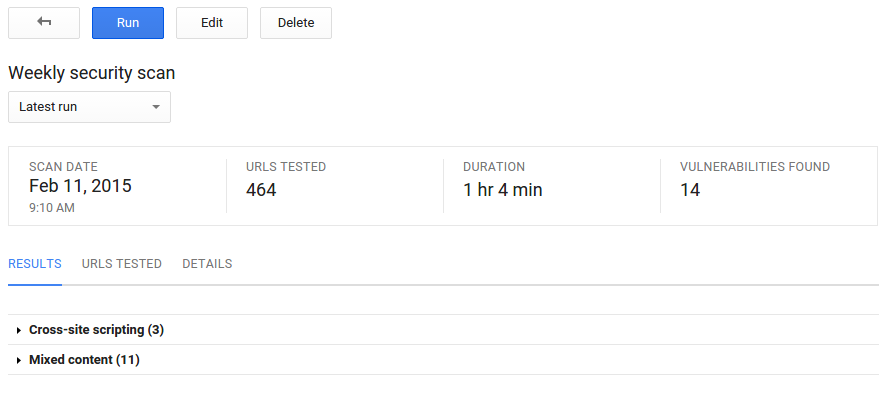To help mobile developers measure, advertise and monetize their mobile apps and websites, measurement and advertising platform Flurry today announced the availability of Flurry Marketplace, a real-time bidding exchange that comes pre-bundled with app audience data. On April 12, the company will also make available a downloadable JavaScript SDK that can help developers track user data from their mobile websites.
For developers with mobile apps, or websites that get 50% or more of their audience from a smartphone or tablet, Flurry Marketplace can help track the analytics associated with the app or website, the company said. “We’re treating the Web as if it’s another app,” said Flurry president and CEO Simon Khalaf. “There’s a lot of websites that are now behaving like apps. So it’s a JavaScript SDK that we’re putting out at the end of this week that people can download and start tracking mobile websites or mobile-optimized websites.”
He said Flurry offers analytics to mobile application developers so they can understand what’s going on in their apps. Flurry tracks things like the number of crashes, or how the apps are being used, or what parts of the apps are being used and by whom. Flurry said its audience data is assembled from more than 300,000 apps running across more than 1 billion smartphones and tablets each month.
“We have 100,000 publishers and 300,000 applications in our network,” Khalaf said. “We track and measure about 1.3 trillion transactions per month.”
He said the company caters to marketers so that they can understand users and the analytics data per audience segment. “For example, what are women aged 25-34 in Baltimore doing in the app? You can imagine that that’s very important to media, entertainment and retailers, maybe less important to unsophisticated gamers. But still, some of them are sophisticated with targeted audiences in mind. Last but not least, we’re catering to the traffic acquisition manager, the person who is in charge of distributing the app and getting traffic to it.”
Flurry Marketplace uses real-time bidding, which Khalaf explained is a “liquid marketplace.” He said prior to liquid marketplaces, advertisers would set the price beforehand through insertion orders without any bidding. “Once you agree to it, it’s not real time. So you would just take the [ad], you upload it, and you start serving,” he explained.
“Meanwhile, here, this makes the inventory more available to a lot more buyers. So you’re treating advertising like a commodity that is traded in an open market versus being traded behind doors.”
It was Right Media, a company now owned by Yahoo, that Khalaf said started the open market advertising concept years ago. “The difference here is that we’re mobile and we’re also adding the data to the marketplace to help the buyers better manage the demand and the price that they need to bid,” he said. “They don’t need to go get their data from a third party; they simply get it from the marketplace for free.”
The key differentiator, Khalaf said, is the audience data. “You’re not buying blind anymore; [it is] completely transparent. You’re completely aware of the type of audience that’s behind an impression request.”
Traditionally, the Web marketplace was not data-powered, Khalaf said, but was just an aggregated inventory that provided very little intelligence. “We’re adding the data intelligence. So, rather than telling you, ‘Hey, I’ve got an impression request from a person ready to receive an ad,’ we’re actually telling you that, ‘Hey, we’ve got an impression from a single woman, age 25-34, in Baltimore that likes cars and is a gamer,’ ” he said.
Demand-side platforms and agency trading desks can now reach their intended audiences without having to rely on third-party audience data, according to Flurry. “This will help the buyer to decide how much value to place on an audience, and hence, decide what the price ought to be,” Khalaf said. “Traditionally, you would have to go through third parties [for that information]. We’re bundling the data with the marketplace to make it a lot more efficient and a lot more intelligent.”





